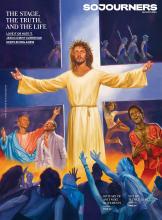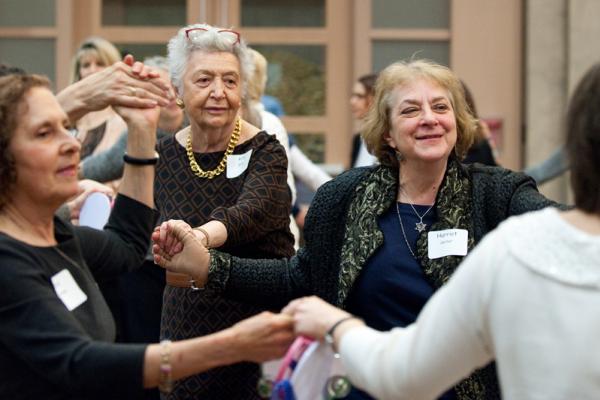On the first night of Passover, Jews ask aloud, “Why is this night different from all other nights?”
For a group of 150-plus women gathered March 22 at Congregation Beth El north of Washington, D.C., that traditional question was followed by an alternative: “Why is this seder different from other seders?”
Answer: “At other seders, men traditionally lead the service. At this seder, women are the leaders.”
Women’s seders are not new. The women who gathered at Beth El on Sunday, 12 days before the holiday begins on April 3, have been at it for 19 years. These seders began in or near cities with substantial Jewish populations about a generation ago, when fewer women played leading roles in synagogues and other institutions of Jewish life.
Today, women in the Conservative, Reform, and Reconstructionist movements of Judaism in the U.S., which account for about 90 percent of synagogue-affiliated Jews, lead congregations as rabbis, cantors, and synagogue presidents.
Still, women’s seders proliferate, and each year, their guest lists grow.
Read the Full Article

